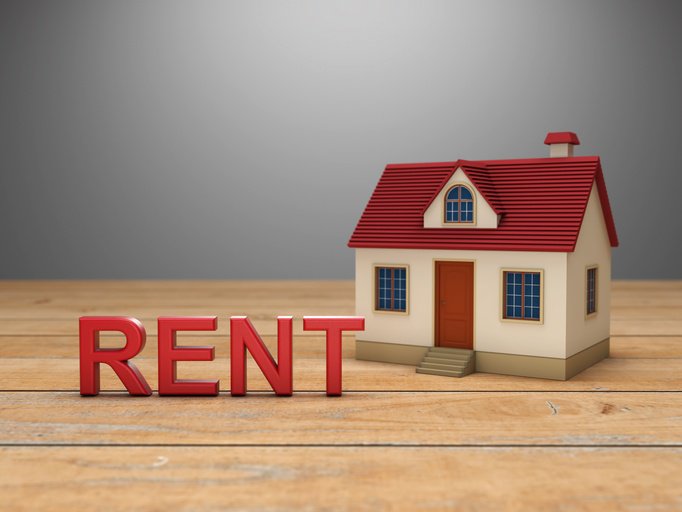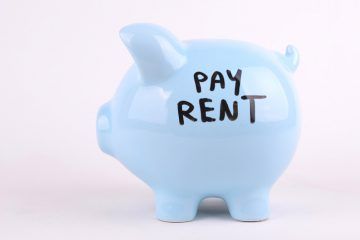Rent Rises for Tenants Increases, Reports ARLA Propertymark
The number of private tenants experiencing rent rises at the hands of their landlords increased in January, according to the latest Private Rented Sector Report from ARLA Propertymark (the Association of Residential Letting Agents).
Rent rises
The amount of tenants experiencing rent rises increased in January, with 26% of ARLA Propertymark member agents witnessing their landlords putting prices up, compared to 18% in the previous month.
This is the highest figure recorded since September 2018, when 31% of tenants saw rent rises.
Year-on-year, the number of tenants experiencing rent rises is up by 7% on January last year.
Supply and demand
The supply of properties available to rent rose to an average of 197 per ARLA Propertymark member branch in January, which is up from 193 in December.
Demand from prospective tenants also increased in January, with the number of home hunters registered per letting agent branch rising to an average of 73, compared to just 50 in the previous month.
David Cox, the Chief Executive of ARLA Propertymark, comments: “This month’s results are another huge blow for tenants. With demand increasing by 46% from December, and rents starting to rise in response to all of the cost increases landlords have experienced over the last few years, tenants are in for a rough ride. Last month, there were three landlords selling their buy-to-let properties per branch, and, as landlords continue to exit the market, rent prices will only continue to rise.
“With the Tenant Fees Actpassing its final hurdle in the House of Commons and receiving royal assent this month, tenants will continue bearing the brunt, as agents and landlords start preparing for a post-tenant fees world.”
Landlords, how are you preparing for a world without tenant fees? Perhaps you are one of the investors that have put rent prices up for tenants in anticipation?






